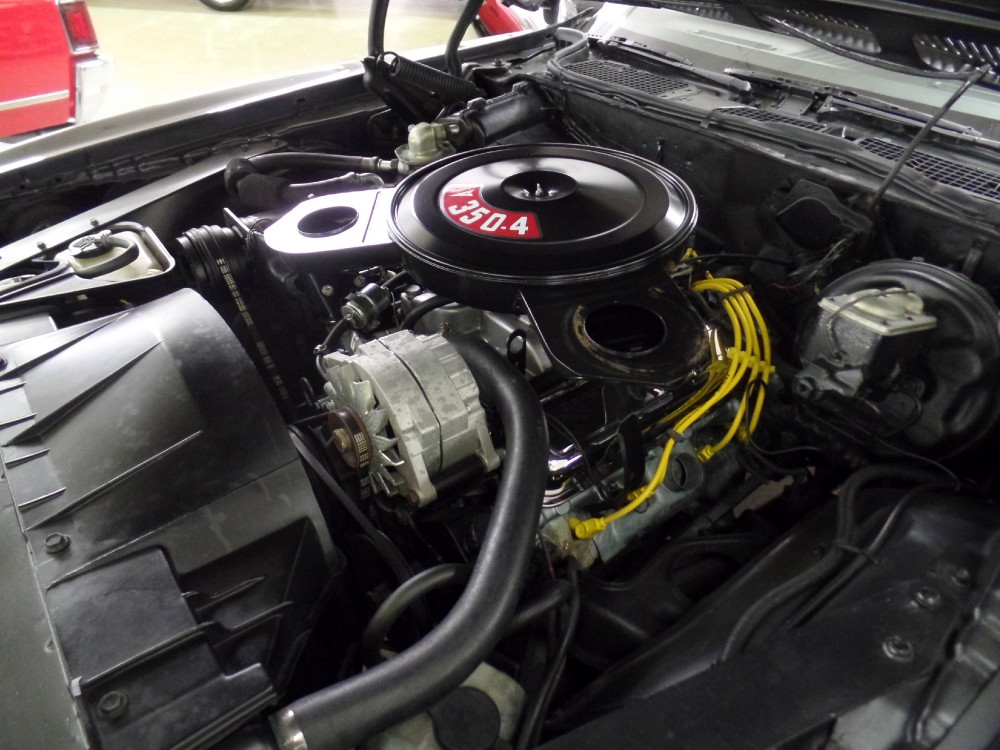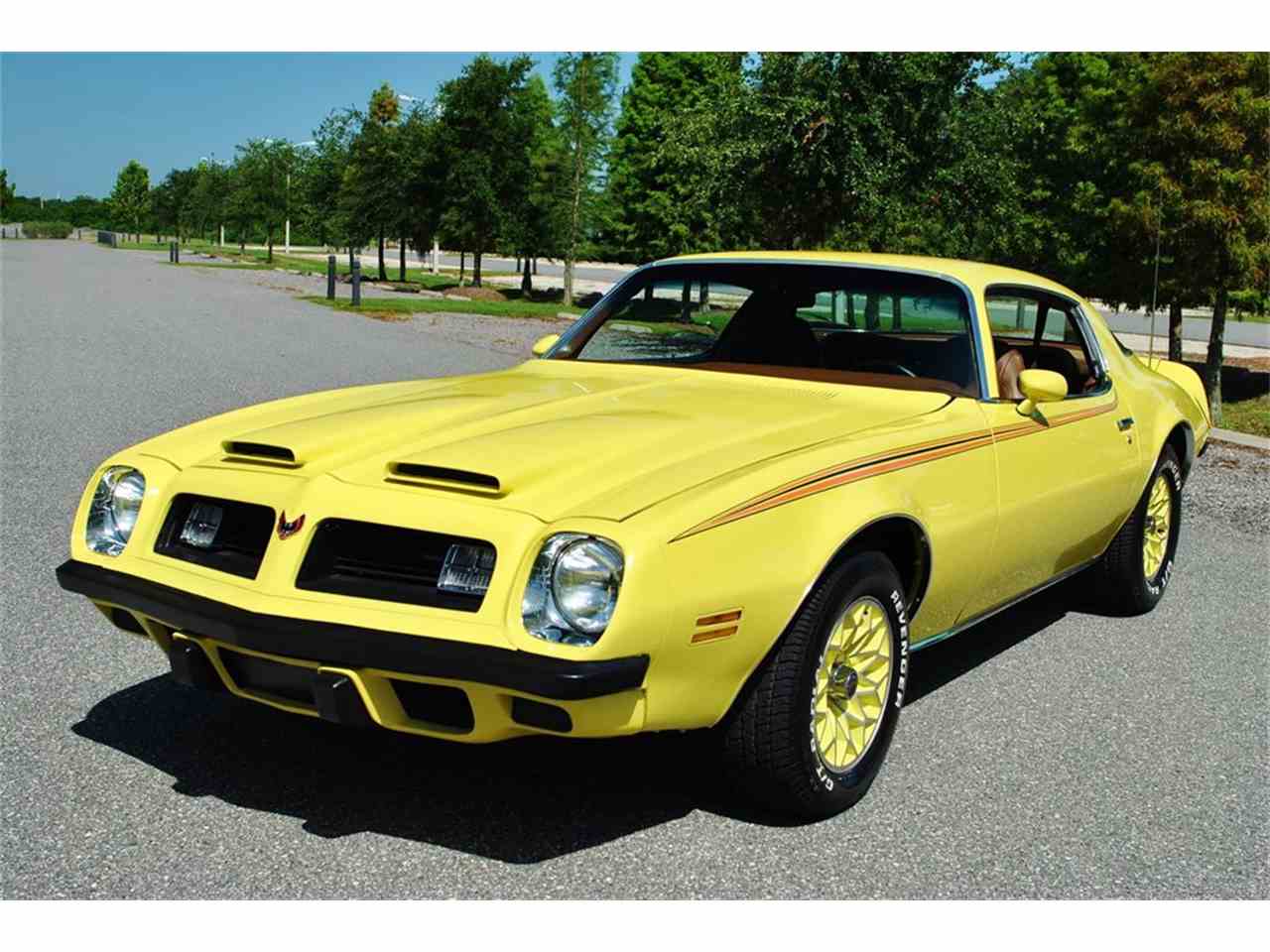
Also for the 1968 model, the 326 cu in (5.3 L) engine was replaced by the Pontiac 350 cu in (5.7 L) V8, which actually displaced 354 cu in (5.8 L), and produced 265 hp (198 kW) with a two-barrel carburetor. The 230 cu in (3.8 L) engines were subsequently enlarged for 1968 to 250 cubic inches(4.1 liters), the base version developing an increased 175 hp (130 kW) using a one-barrel carburetor, and the high-output Sprint version the same 215 hp with a four-barrel carburetor. Power for the Ram Air package was the same as the conventional 400 HO, but peaked at 5,200 rpm. A "Ram Air" option was also available, providing functional hood scoops, higher flow heads with stronger valve springs, and a hotter camshaft. All 1967–1968 400 CI engines had throttle restrictors that blocked the carburetors' secondaries from fully opening. Most buyers opted for one of three V8s: the 326 cu in (5.3 L) with a two-barrel carburetor producing 250 hp (186 kW) the four-barrel "HO" (high output) 326, producing 285 hp (213 kW) or the 325 hp (242 kW) 400 cu in (6.6 L) from the GTO. The "Sprint" model six came with a four-barrel carburetor, developing 215 hp (160 kW). Based on the architecture of the standardĬhevrolet 230 cu in (3.8 L) inline-six, it was fitted with a one-barrel carburetor and rated at 165 hp (123 kW). The 1967 base model Firebird came equipped with the Pontiac 230 cu in (3.8 L) SOHC inline-six. However, GM feared this would cut into Chevrolet Corvette sales, and gave Pontiac a piece of the " pony car" market through sharing the F-body platform with Chevrolet. Originally, the car was a "consolation prize" for Pontiac, which had desired to produce a two-seat sports car based on its original Banshee concept car. Both a two-door hardtop and a convertible were offered through the 1969 model year.

The Firebird's rear "slit" taillights were inspired by the 1966–1967 Pontiac GTO and Pontiac Grand Prix. Announcing a Pontiac styling trend, the Firebird's bumpers were integrated into the design of the front end, giving it a more streamlined look than the Camaro.

The first generation Firebird had characteristic Coke bottle styling shared with its cousin, the Chevrolet Camaro. To see over 80 photos of this car, including under carriage please visit our website also: GM F platform § First Generation, 1967–1969
1975 FIREBIRD MANUAL
It also features bucket seats, power windows, power steering, Rally II wheels, deck lid spoiler, and much more! This is a beast of a car that is a lot of fun to drive in one of the most sought after engines with a rarely found manual transmission with it! We have tons of documentation too to go along with the PHS papers. It's powered by the 455ci V8 engine paired with the (rarely found) 4-speed manual transmission. Inside and out, the paint shows excellent and the interior is very fresh with re-foamed seats and redone upholstery. It was professionally restored in 2001 in Iowa with stock specifications in mind. This car came loaded, verified by PHS documents, it came with the custom trim group, 455 H.O. This '75 Firebird Trans-Am 455 is a beauty, built in Norwood, Ohio and delivered new in Oshawa, Ontario. The 455 cu in (7.5 L) engine made its first appearance in the Firebird in 1971 as the 455-HO, which continued in dofferent forms through the 1976 model year.

The 455 engine available in the second generation Firebird Trans Am was arguably the last high-performance engine of the original muscle car generation. GM muscle enthusiasts were immediately smitten and the 2nd generation of the Firebird, running from 1970-1981, is at the top of the list to many when it comes to muscle car history.

The Firebird and Chevy Camaro hit the showroom floors as a response to the success of the Mustang. GR Auto Gallery is pleased to present this 1975 Pontiac Trans-Am for purchase.


 0 kommentar(er)
0 kommentar(er)
